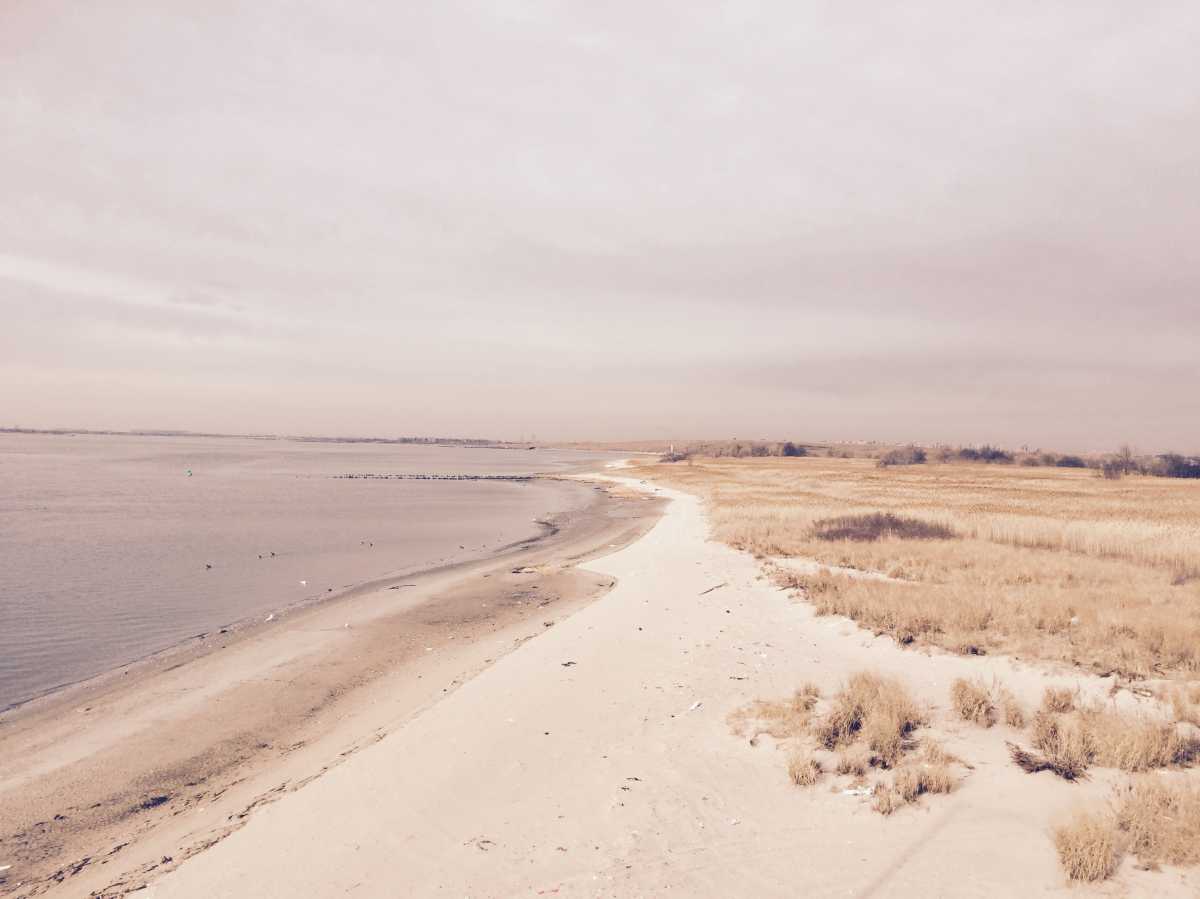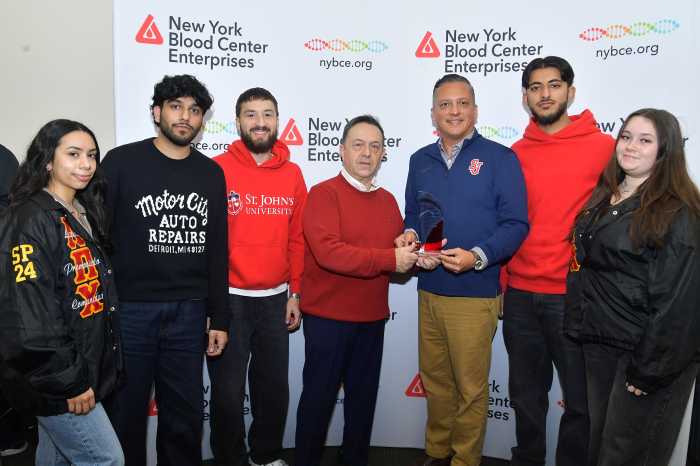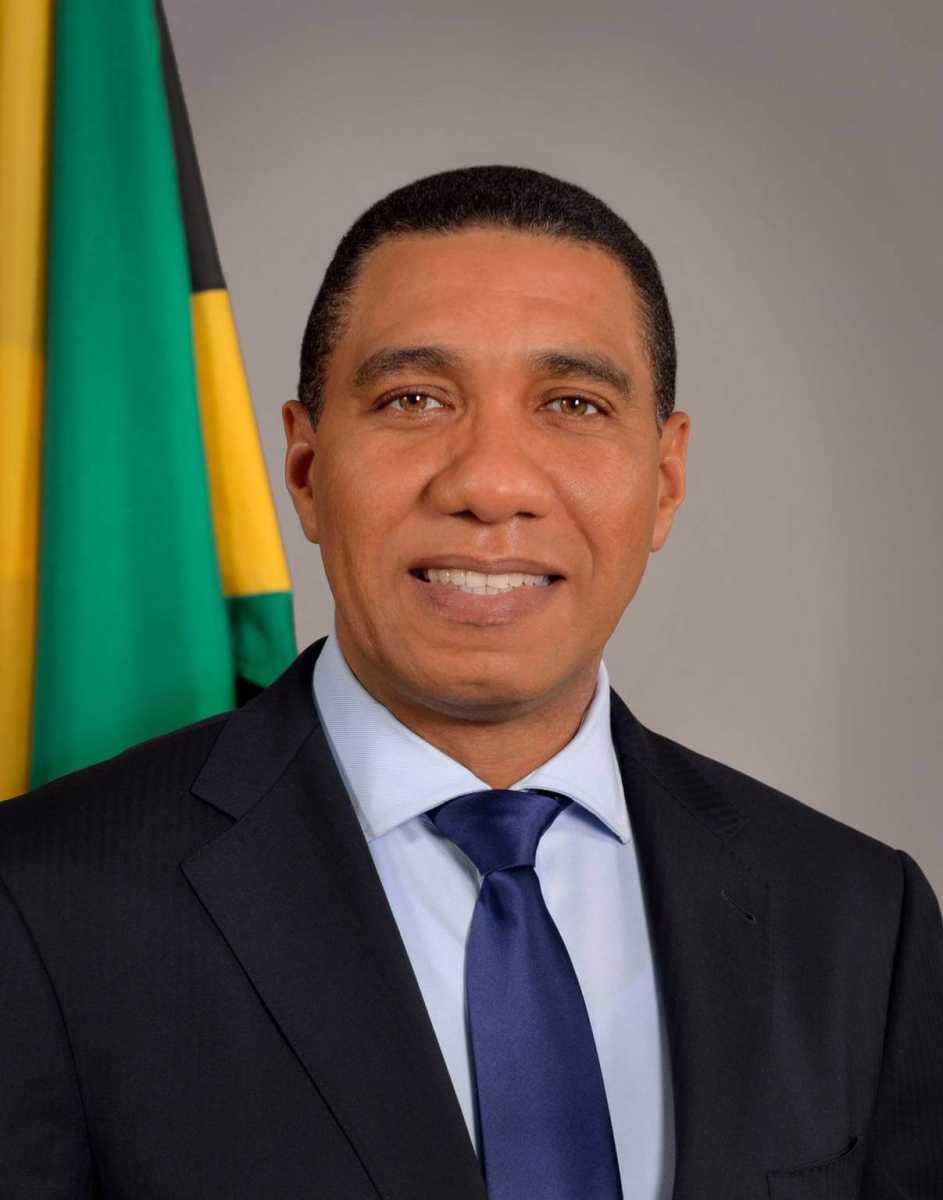Paddlers may soon have a new scenic Jamaica Bay path to follow when exploring the body of water in south Queens and Brooklyn.
The Regional Plan Association (RPA) is proposing a new public access waterfront trail for the bay which they think will “encourage well-being through active outdoor recreation and by connecting people with history, nature and community.” If built, it would connect a network of different access points and destinations throughout south Queens and Brooklyn.
“There are a lot of things going on in Jamaica Bay right now,” said Robert Freudenberg, director of energy and environmental programs for the RPA. “This paddling program is a tremendous opportunity to start the next phase of using the bay.”
Over 292,000 people live within a mile of Jamaica Bay, and the Gateway receives an average of 3.8 million visitors annually for its variety of recreational uses. The RPA says that there has been a growing interest in paddling on the bay, though only 6,700 people used it for the sport in 2014.
The “Paddling the Bay” trail, as it is called, and would encompass Jamaica Bay as far east as Idlewild Park, near JFK airport, to as far west as Dead Horse Bay in Brooklyn. It would consist of five smaller trails: Dead Horse Trail, Airfield Trail, North Channel Trail, Rockaway Bayside Trail and the Wildlife Trail. These trails would connect paddlers to things such as restaurants, parks and bike trails among other recreational activities.
The organization has outlined about five different access point in Queens that already exist but are looking to add some to complete the trail route they proposed. Existing ones consist of Rockaway Point Yacht Club, Riis Landing, Bayswater, Idlewild and Rockaway Jet Ski, part of Thai Rock.
Some of the potential areas they are looking at to build access points, if the project were to go through, are at Beach 88th Street, Rockaway Community Park, Belle Harbor and Spring Creek at the southern tip of Howard Beach.
Each of these access points, both existing and potential, would take some type of investment to build out by either upgrading the facility or building totally new infrastructure.
There has been no monitory figure dedicated to what it would take to create the trails at this point. The RPA has given each access point a range of one to four dollar signs to give an estimate of how much money it would cost to upgrade or build out the area. With one symbol the RPA says building the infrastructure would cost thousands of dollars or could be work that may be done through volunteer programs. But where there are three or four dollar signs, costs could go up to the millions.
The RPA said that some of the recent investments that were brought to the Jamaica Bay waterfront, including its water quality and park areas, have given visitors a renewed interest in exploring the land—which is why they believe investing in a water trail is vital to its continued growth.
Though they have designed what they believe it should look like, the trail is not in the construction phase. They are still asking the National Parks Service (NPS) and the NYC Parks Department, two of the owners of most of the land around the gateway, for continued consideration of new dock sites, finding stakeholders and funding opportunities.
The project would have to be taken over and completed by the NPS. There are still multiple ideas for the trails being played with, but the RPA says they want to start getting information to the public regarding the trails to see what they think of the idea.
“The big thing here is that we would like to see what the community and potential users of the trail want to see,” said Freudenberg. “This was a vision we want to get to a reality and we [will] have continued conversations with the community and landowners [regarding the project].”
RECOMMENDED STORIES





































